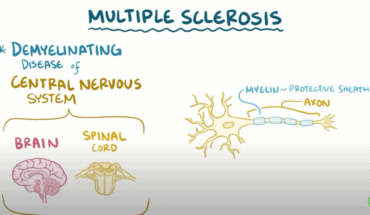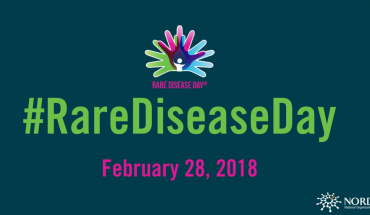While over 9 million children received all three of their first critical vaccine doses against diphtheria, tetanus and pertussis (DTP) in their first year of life in the WHO European Region in 2023, another half a million missed one or more of these initial important steps toward full protection, according to WHO/UNICEF coverage estimates.
In line with global trends, the newly released data reveal only partial recovery from dips caused by the COVID-19 pandemic and large variations in immunization coverage across the WHO European Region, both between countries and between vaccines.
Some countries have sustained high routine vaccination coverage despite the challenges of the pandemic, while others are still struggling to regain pre-pandemic levels of annual uptake, including with DTP and measles-containing vaccines.
All 53 countries in the Region – covering Europe and Central Asia – achieved 90% coverage or above for at least one vaccine in their national immunization schedules.
Uptake and/or introduction of other vaccines, including against human papillomavirus (HPV) and rotavirus, have increased steadily at Regional level in recent years.
“Vaccines are one of the most powerful tools we have to save lives and protect our futures,” said Dr Hans Henri P. Kluge, WHO Regional Director for Europe. “Last year, many countries made extraordinary progress in expanding vaccination coverage, including through catch-up campaigns to stop measles outbreaks. But we cannot stop at that. Countries must keep strengthening their immunization programmes until we meet all the goals set out in the European Immunization Agenda 2030.”
Diphtheria, tetanus and pertussis
While the European Region achieved the highest coverage with the first dose of DTP (DTP1) among the six WHO regions in 2023 with 97%, this is still 1% below the Region’s pre-pandemic level of 98% in 2019 and represents a range of 82-99% among countries. While 15 countries in the Region achieved 99% coverage with DTP1 in 2023, another 24 countries remained below their 2019 level. For the third dose (DTP3), 25 of 53 countries achieved coverage of ≥95% nationally, while 30 are still below their pre-pandemic levels. Coverage ranged from 73% to 99%. Eleven countries saw a decrease and nine successfully increased DTP3 coverage from 2022 to 2023.
Measles and rubella
Coverage with the first dose of a measles-containing vaccine (MCV1 – generally the combined measles-mumps-rubella vaccine) increased by one percentage point from 94% in 2022 to 95% in 2023 (with a range of 24-99%), but coverage with the second dose (MCV2) remained stagnant at 91%. This means that 500 000 children missed their first dose and 900 000 children did not receive their scheduled second and final dose of measles-containing vaccine on time in 2023.
This annual gap in coverage creates an ever-increasing pool of vulnerable children, which, despite efforts in many countries to offer catch-up vaccinations, contributed to a total of over 61 000 measles cases and 13 related deaths in the Region in 2023. Only 11 countries have achieved the coverage target of ≥95% for both MCV1 and MCV2, which is needed to achieve measles elimination.
Human papillomavirus (HPV)
The HPV vaccine protects against cervical and other forms of cancer and is part of the routine vaccination schedule for girls, and in some cases also boys, in 46 countries in the Region as of this year. At least two additional countries plan to introduce the vaccine in 2025.
Progress in HPV vaccination uptake has been steady in most countries that have introduced the vaccine so far. Over 1.9 million girls became fully vaccinated against HPV in 2023, which is over 164 000 more than in the previous year. While 10 countries saw a decrease in coverage from 2022 to 2023, regional coverage with the first dose increased among girls to 39% and boys to 25%.
Poliomyelitis (polio)
Coverage with the third dose of vaccination against polio remained stable at 95%, which is equal to the 2019 pre-pandemic level.
Thanks to an extensive outbreak response effort, including catch-up vaccinations, an outbreak of vaccine-derived poliovirus in Ukraine was declared closed in 2024.
Steady increases in coverage for other vaccines
Uptake and/or introduction of several other vaccines in routine immunization schedules have increased steadily despite the challenges of the COVID-19 pandemic.
Coverage with the third and final dose of pneumococcal (PCV) vaccine, for example, increased from 81% in 2019 to 86% in 2023.
Uptake of rotavirus vaccine, given to newborns in 26 countries in the Region, increased from 25% in 2019 to 41% in 2023 and uptake of vaccination against Haemophilis influenzae type B (Hib3) also increased significantly from 81% in 2019 to 94% in 2023.
- Gut microbiome could delay onset of type 1 diabetes - 3rd April 2025
- The da Vinci 5 Robot Is Set To Transform Bariatric Care: - 31st March 2025
- Beyond money: the hidden drivers fuelling child food insecurity - 31st March 2025






